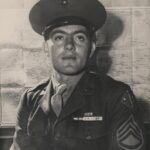
During World War II, the US Marine Corps (USMC) and US Navy (USN) engaged in a significant battle when they landed on and ultimately took Iwo Jima from the Imperial Japanese Army (IJA). The objective of the American invasion, known as Operation Detachment, was to seize the island and its two airfields, Central Field and South Field.
With 18 km (11 mi) of tunnels, a dense network of bunkers, and concealed artillery positions, the Japanese Army’s positions on the island were well fortified. The American ground forces were supported by extensive naval artillery and had complete air supremacy provided by U.S. Navy and Marine Corps aviators throughout the battle. The five-week battle saw some of the fiercest and bloodiest fighting of the Pacific War.
Unique among Pacific War Marine battles, total American casualties exceeded those of the Japanese, with a ratio of three American casualties for every two Japanese. Only 216 of the 21,000 Japanese soldiers who were on Iwo Jima at the start of the battle were captured; some of them were only taken prisoner after being rendered unconscious or otherwise incapacitated. The majority of the others were killed in combat. Even after the majority of the major fighting ended, up to 3,000 people are thought to have resisted inside the island’s cave systems until they either gave up or died from their wounds a few weeks later.

William V. Pratt, a retired Chief of Naval Operations, said that the island was worthless for the Navy as a fleet base and for the Army as a staging area, which made the invasion of Iwo Jima contentious. On Rota island, which the Americans never invaded, the Japanese kept up their early-warning radar capabilities. Previous battles on Pacific islands indicated that the island would be heavily fortified and cause heavy losses. The lessons learned on Iwo Jima were applied to the planned invasion of the Japanese homeland and American forces in the Battle of Okinawa two months later.
Joe Rosenthal’s Associated Press photograph of the raising of the U.S. flag at the summit of the 169 m (554 ft) Mount Suribachi by six U.S. Marines became a famous image of the battle and the American war effort in the Pacific.
On the day the battle started on February 19, 1945, United States Marine Corps gunnery sergeant John Basilone who received the Medal of Honor for actions during the Battle for Henderson Field in the Guadalcanal campaign was killed in action while fighting his way toward Airfield Number 1. Basilone’s actions helped Marines penetrate the Japanese defense and get off the landing beach during the critical early stages of the invasion.
Basilone was posthumously awarded the Marine Corps’ second-highest decoration for valor, the Navy Cross, for extraordinary heroism during the battle of Iwo Jima.
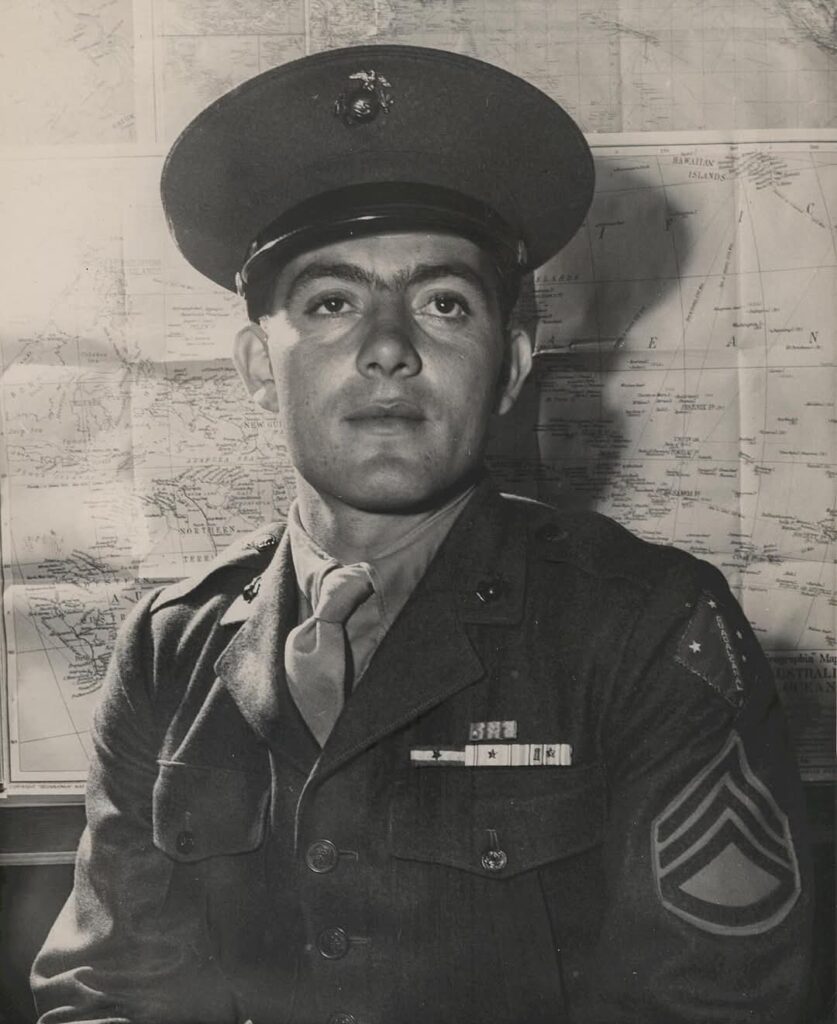
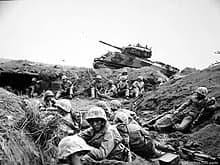
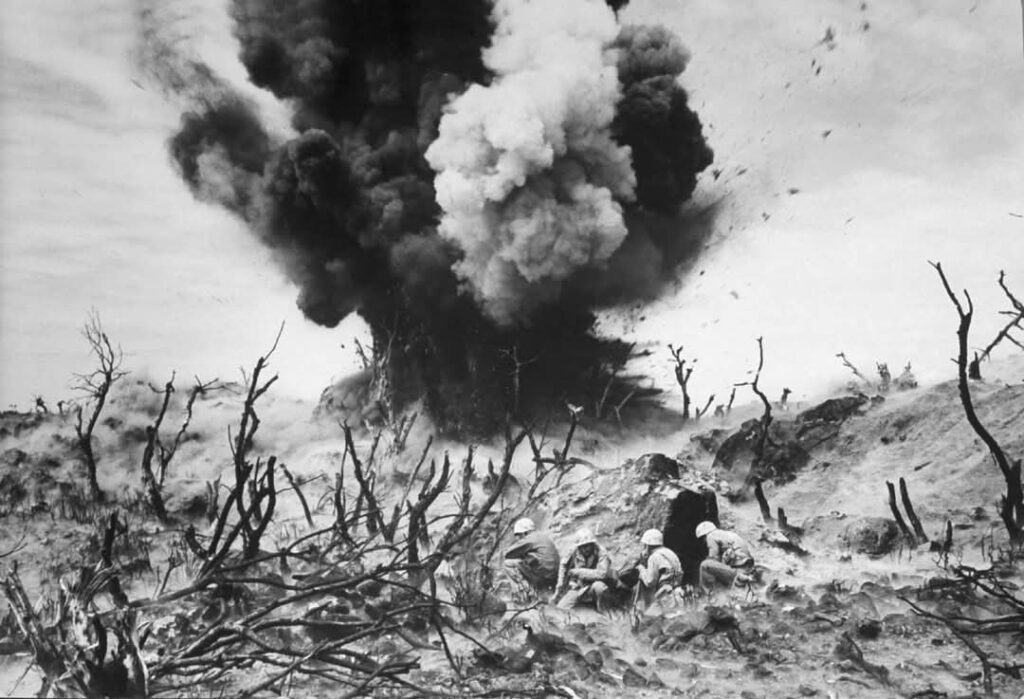
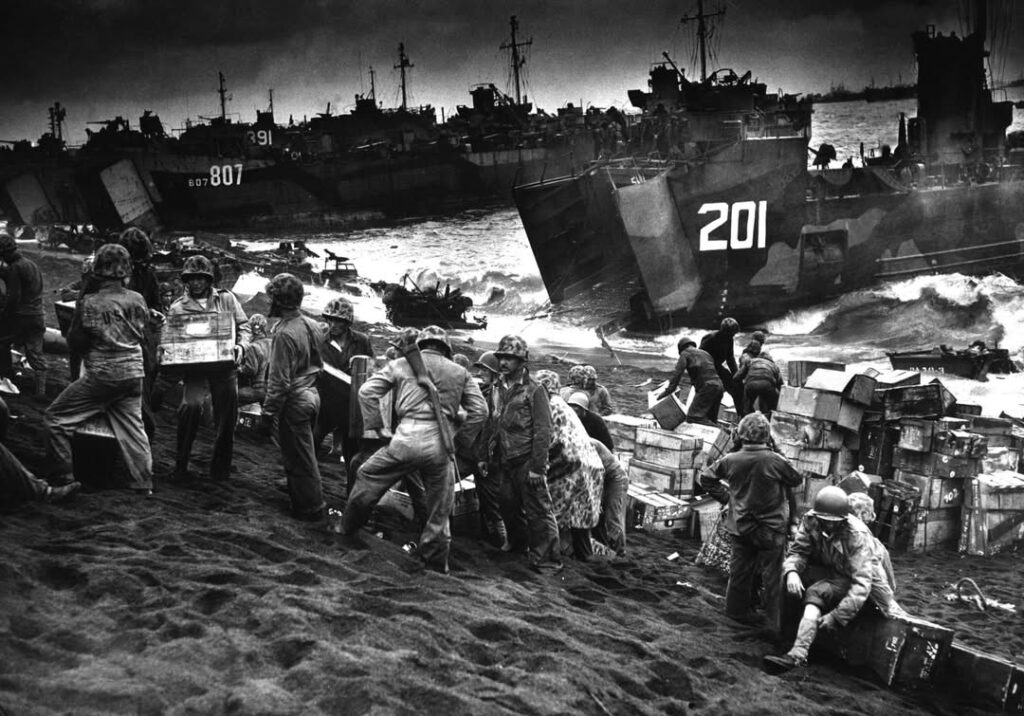
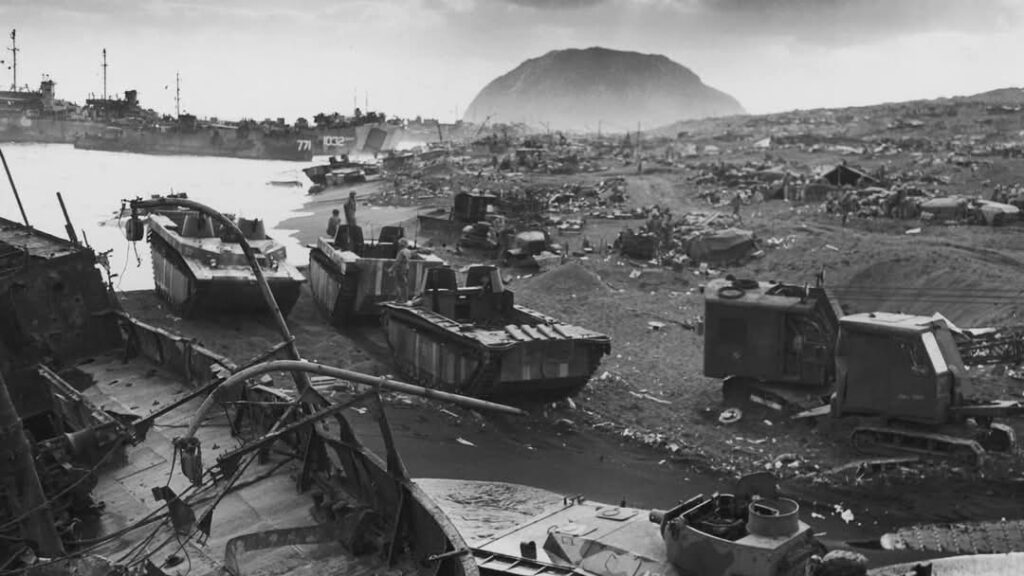
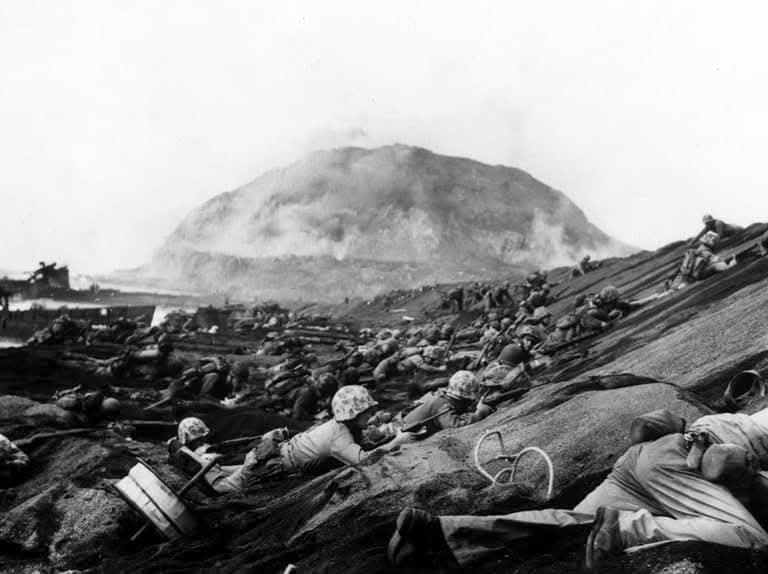
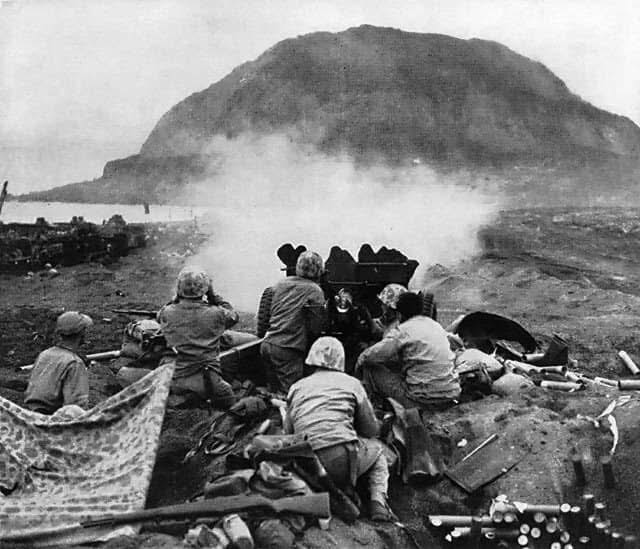
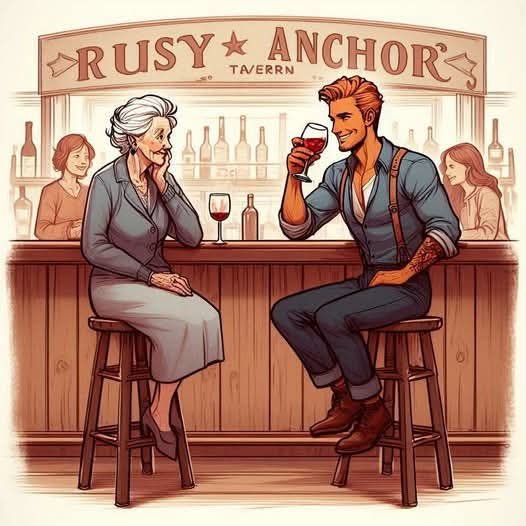


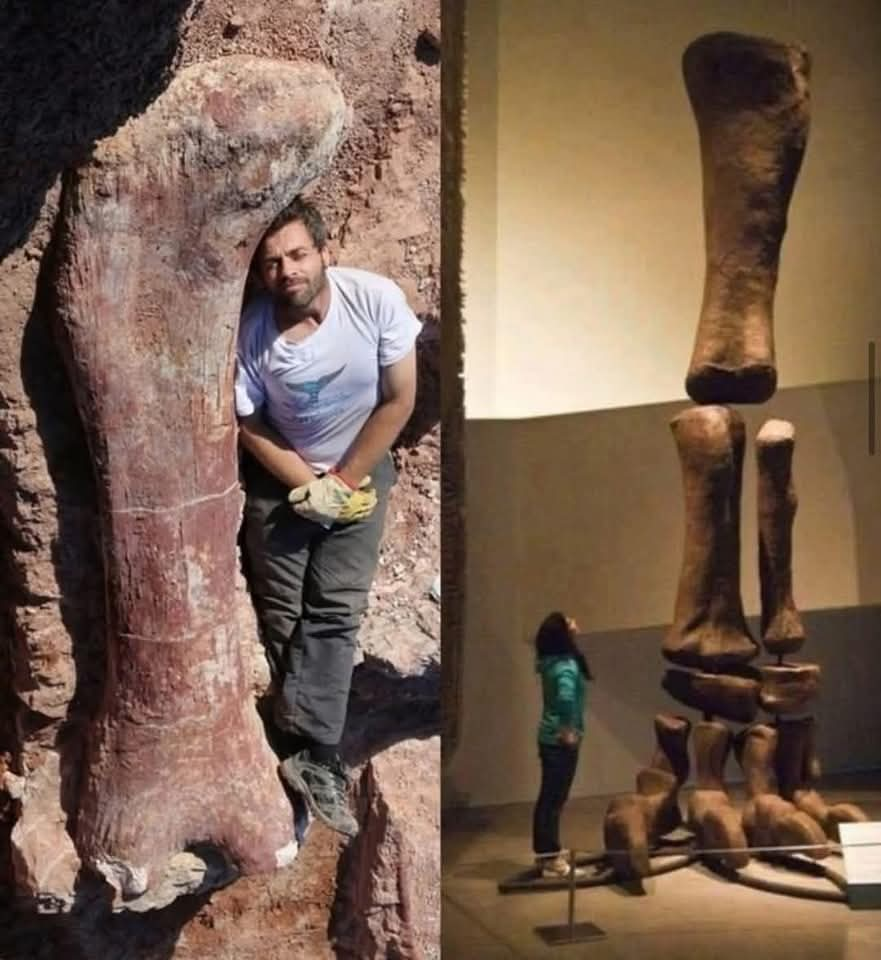
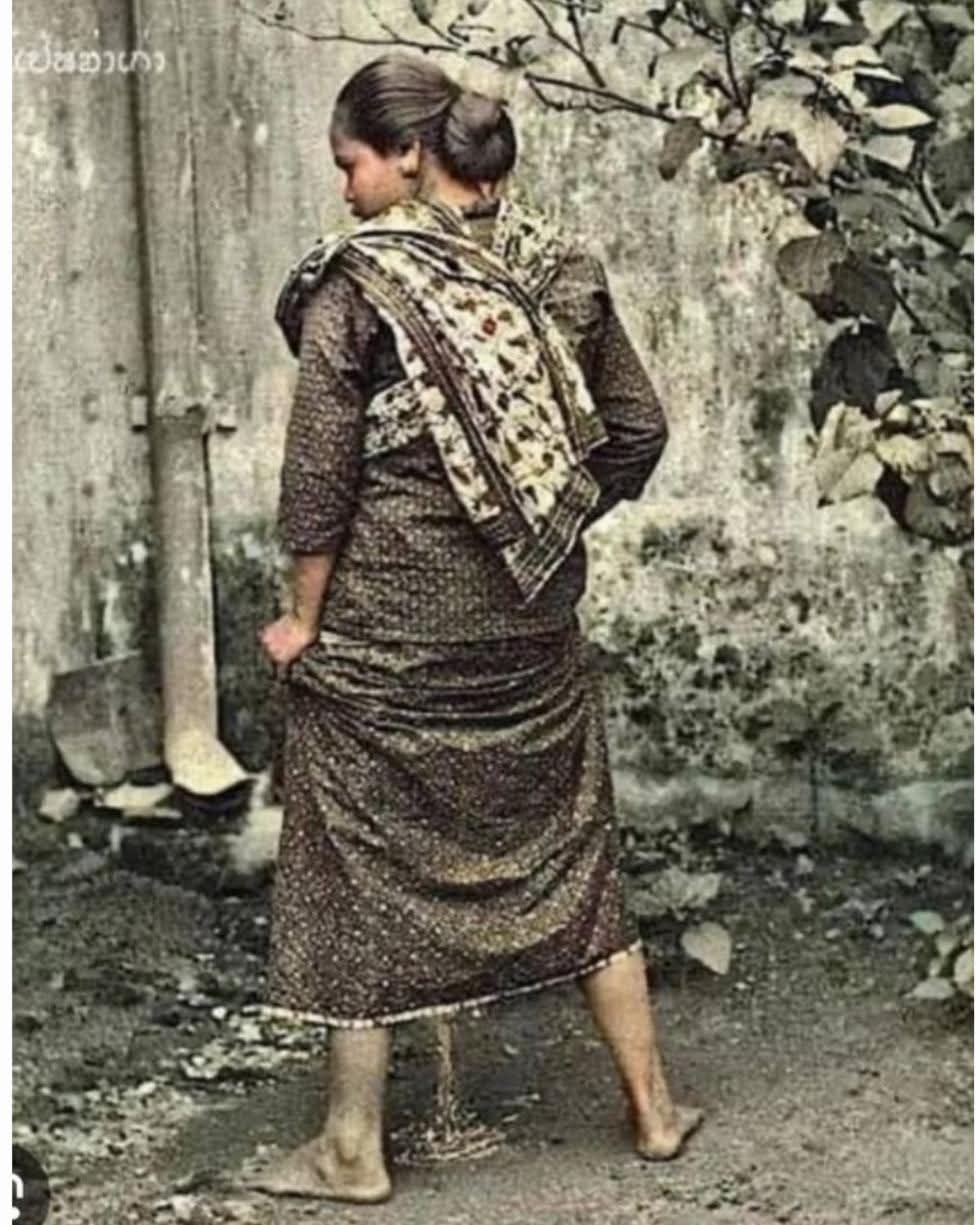
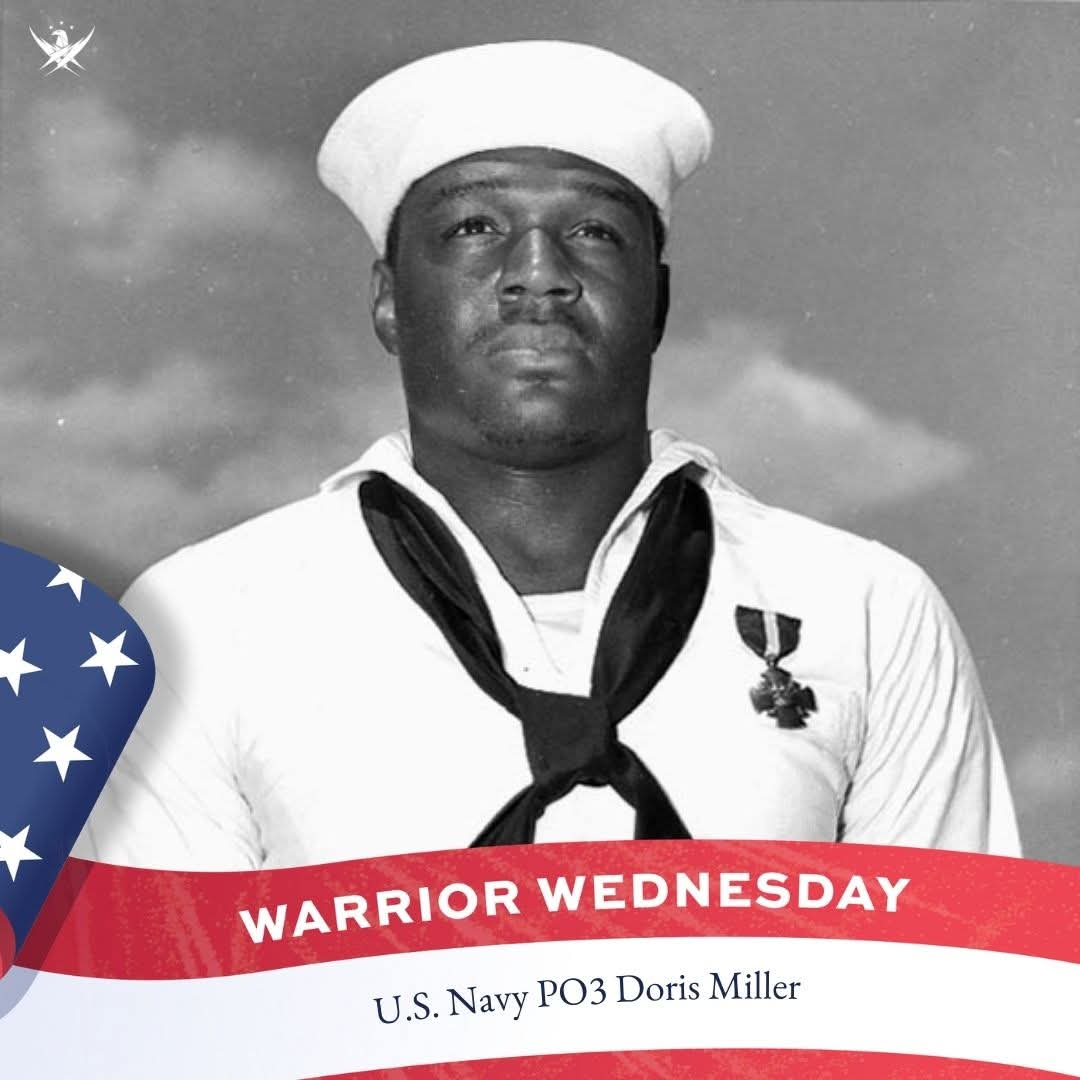

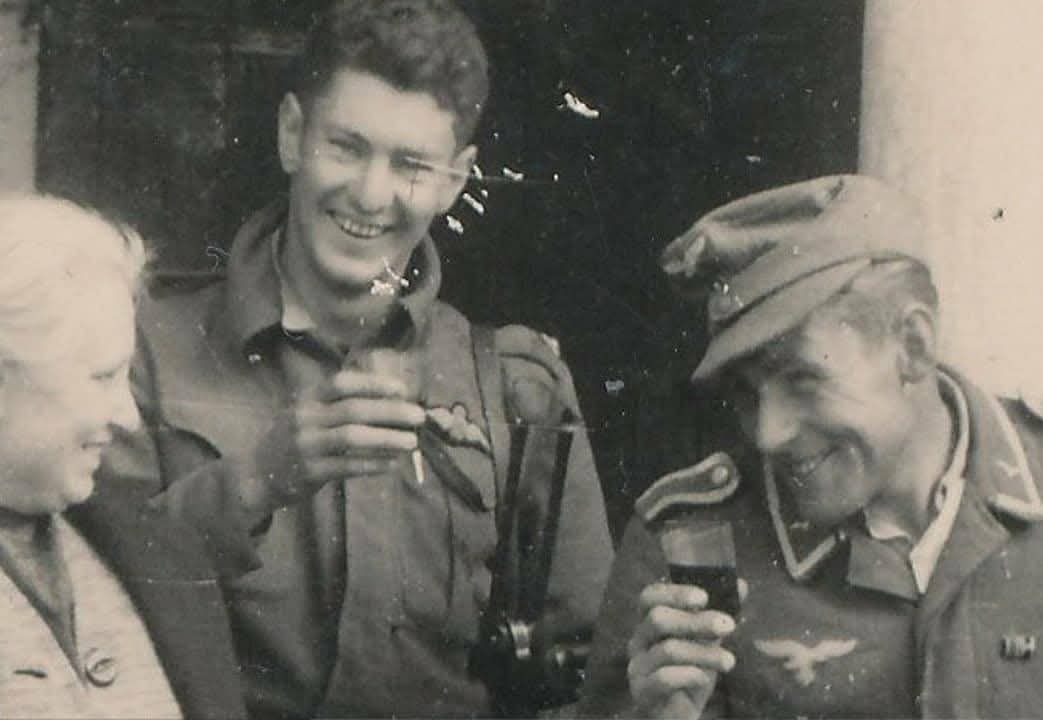
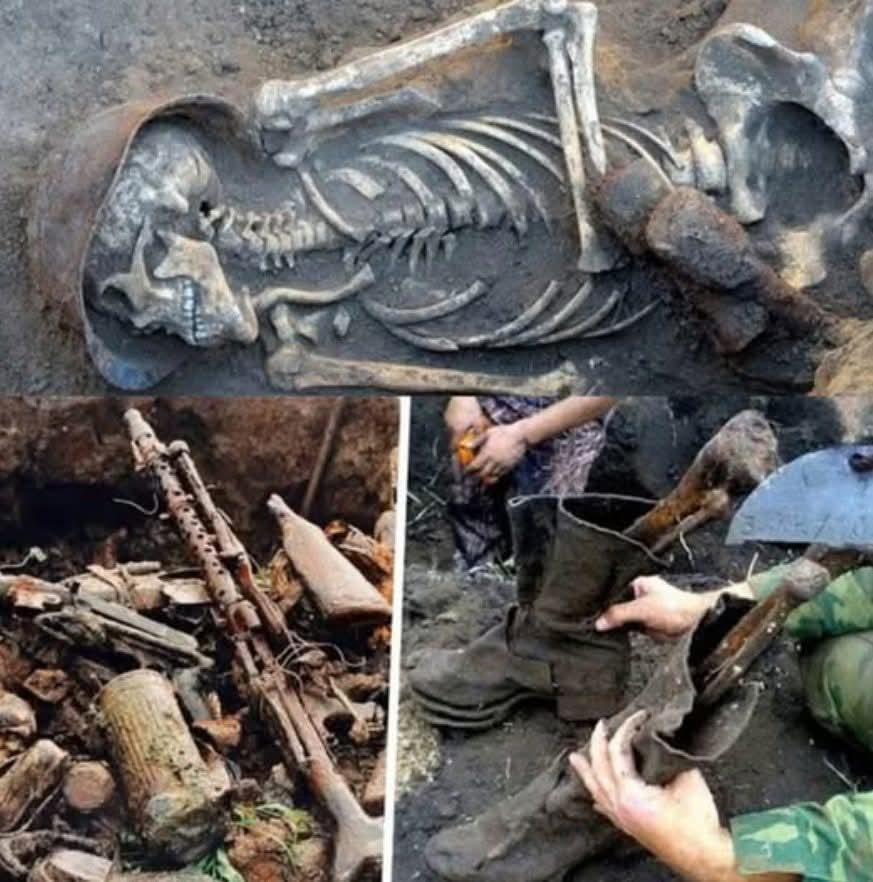
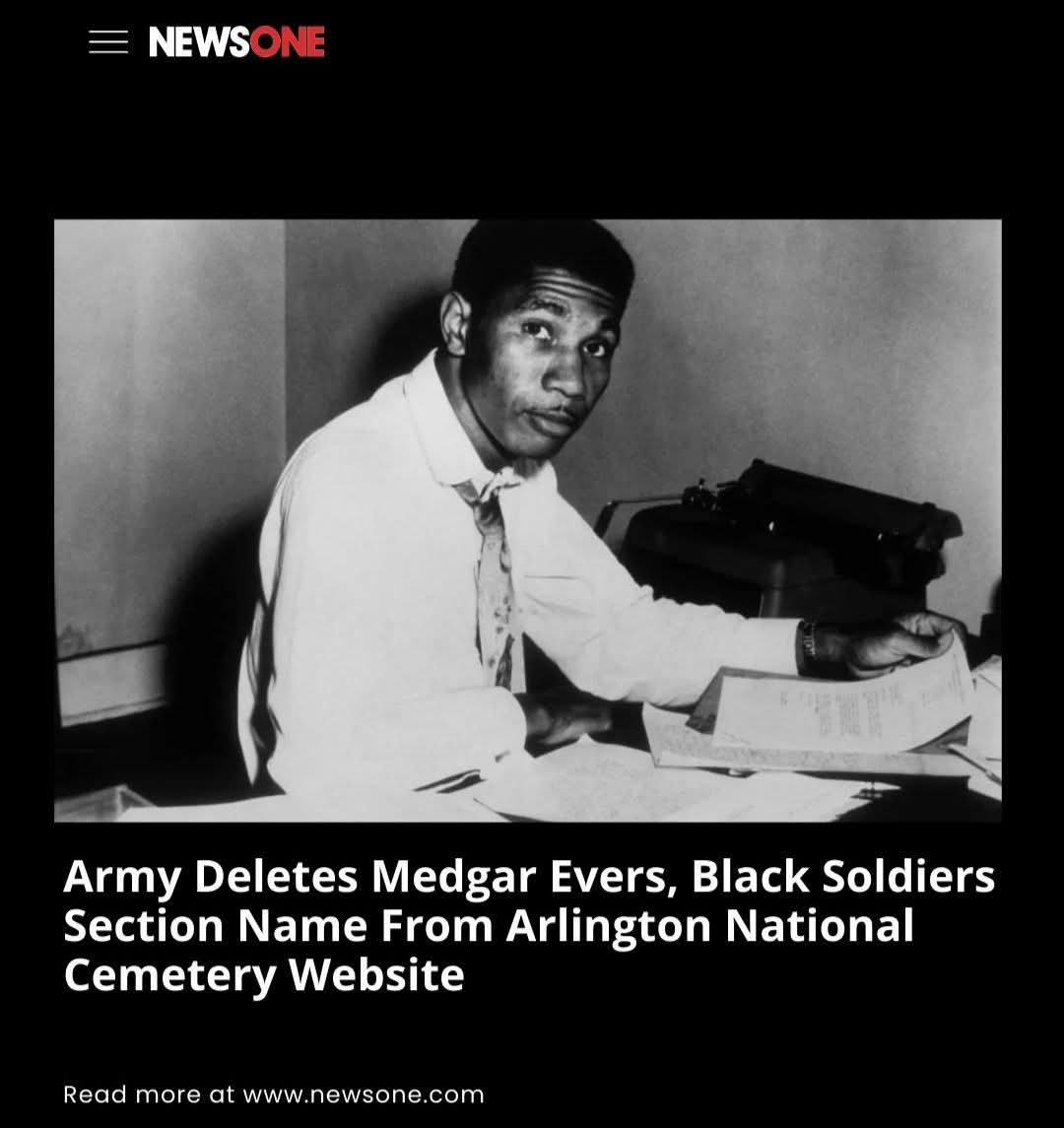
Leave a Reply